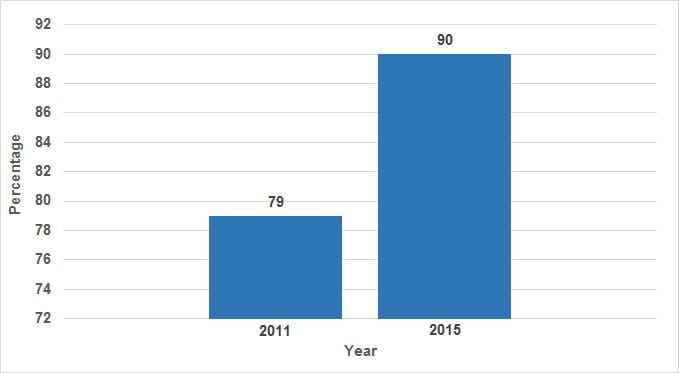FoodCORE Center: Wisconsin

Program Overview
The Division of Public Health in the Wisconsin Department of Health Services collaborates with the 99 local and tribal public health departments in the state. They established the Wisconsin-FoodCORE program to improve statewide response to foodborne outbreaks by enhancing laboratory, epidemiologic, and environmental health capacity.
“Wisconsin’s FoodCORE-supported Surveillance and Outbreak Support (SOS) Team is a great help, providing added interviewing capabilities and surge capacity to our local health departments during outbreak investigations. It also provides a valuable training ground for future public health professionals.”
Justin Kohl, SOS Team Coordinator/Epidemiologist
Year joined FoodCORE: 2009
Population: 5.7 M
Structure: Decentralized
Number of local and tribal health departments: 99
Epidemiology:
- Increased capacity for centralized interviewing
- Created a student interview team, the Surveillance and Outbreak Support (SOS) Team
Laboratory:
- Increased capacity for DNA fingerprinting (PFGE) and molecular serotyping
- Provided additional laboratory staff and equipment
- Maintained a courier service to deliver specimens to state laboratory
Environmental Health
- Conducted trainings for local health departments and state staff
- Developed standardized environmental health assessment protocols
In 2009, the Wisconsin Division of Public Health established the Surveillance and Outbreak Support (SOS) Program. The coordinator works with local and tribal health departments to improve timely interviewing for Salmonella, Shiga toxin-producing E. coli, and Listeria infections and supervises a student team to assist with interviewing and outbreak investigations.
During 2010‐2015, the number of people identified with Salmonella, STEC, or Listeria infections remained about the same, but the completeness of those interviewed increased. The percentage of people interviewed with exposure history was 79% in 2011 and 94% in 2015. As a result, when illness clusters are detected, exposure information is readily available for review by epidemiologists. This is critical in stopping widespread outbreaks.

Number of SSL cases: 2011 (n-1045), 2015 (n=1172)